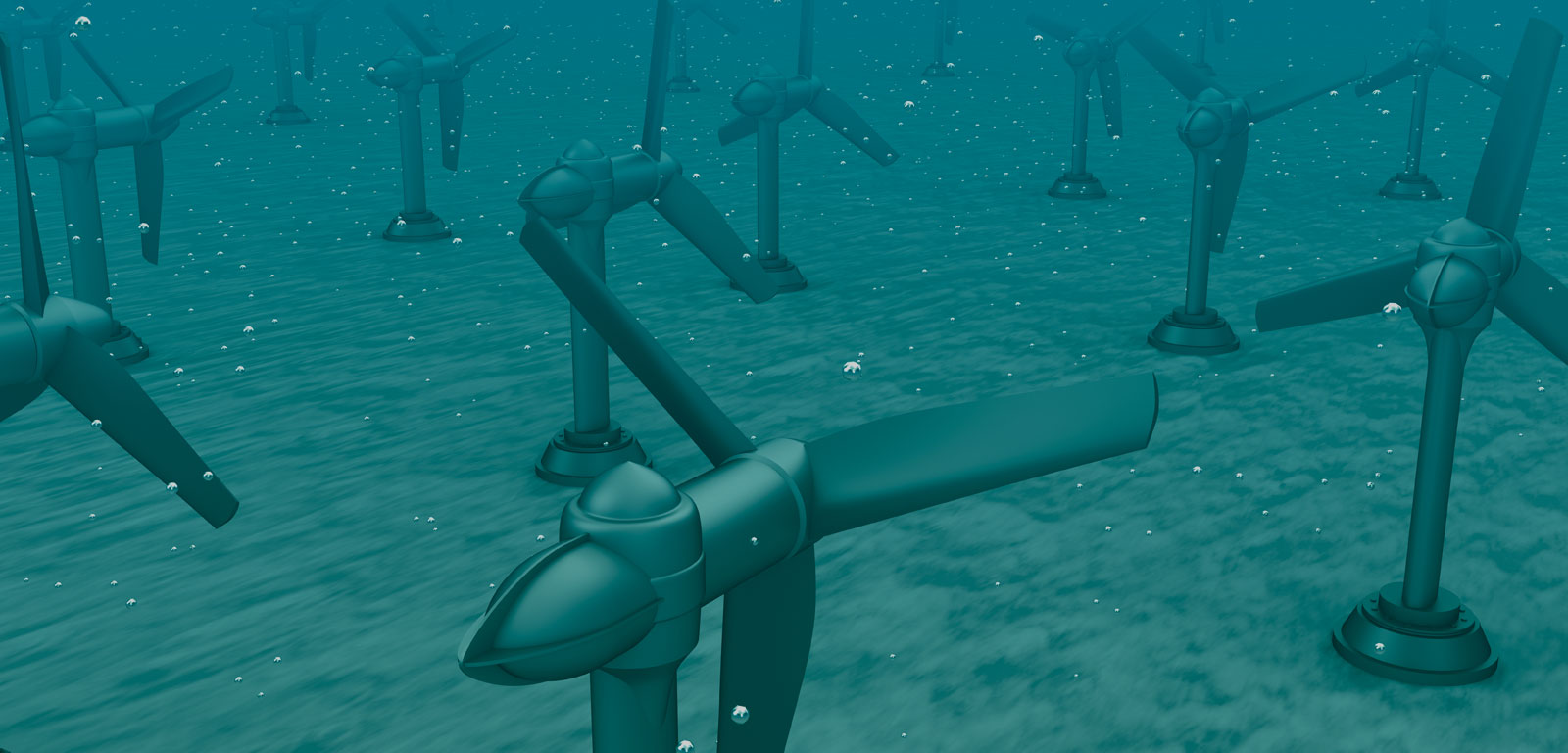Subject
Experimental hydrodynamics
General details of the subject
- Mode
- Face-to-face degree course
- Language
- English
Description and contextualization of the subject
Describe the experimental approaches used in Marine Renewable Energy studies. Involve the students into experimental campaigns in Ecole Centrale Nantes large scale facilities also used e.g. in European MRE research networks (MARINET) and international MRE research partnership (Univ. Osaka).Direct applications of the concepts introduced in Water waves and sea states modelling course (environmental modelling), Wave-structure interactions course (structure response, diffraction-radiation, sea-keeping) and Moorings course (low-frequency response, mooring stiffness).
The pbjective is to provide students with state of the art knowledge on experimental fluid dynamics in the field of Offshore renewable energy. Despite the development of numerical modelling, the experimental approach remains a major source of knowledge development in ship hydrodynamics and marine renewable energy. The contribution to the selection of adequate hypothesis and to the validation of analytical or numerical models is of primary importance. In numerous situations, the experimental approach remains the most reliable, economical and fast way to validate new designs. Specific instrumentations and facilities are presented in this course and used in lab work.
Teaching staff
| Name | Institution | Category | Doctor | Teaching profile | Area | |
|---|---|---|---|---|---|---|
| BLANCO ILZARBE, JESUS MARIA | University of the Basque Country | Profesorado Titular De Universidad | Doctor | Not bilingual | Fluid Mechanics | jesusmaria.blanco@ehu.eus |
| EGUIA LOPEZ, PABLO | University of the Basque Country | Profesorado Agregado | Doctor | Not bilingual | Electrical Engineering | pablo.eguia@ehu.eus |
| MARTINEZ DE ALEGRIA MANCISIDOR, IÑIGO | University of the Basque Country | Profesorado Agregado | Doctor | Bilingual | Electronic Technology | inigo.martinezdealegria@ehu.eus |
Competencies
| Name | Weight |
|---|---|
| Understand the physics of fluid-structure interaction, link model scale experiments and full-scale prototype (similitudes), extrapolate model scale results at full scale | 20.0 % |
| Students are able to conduct experimental campaigns and post-process measurements and discuss physical results | 20.0 % |
| Understand connections with numerical modelling and theoretical approach | 20.0 % |
| Students are able to clearly transmit their experimental observations and their analyse of post-processing results in the field of offshore renewable energy | 20.0 % |
| Students are able to update their knowledge in experimental research activities related to the field of offshore renewable energy | 20.0 % |
Study types
| Type | Face-to-face hours | Non face-to-face hours | Total hours |
|---|---|---|---|
| Lecture-based | 18 | 22 | 40 |
| Applied laboratory-based groups | 20 | 38 | 58 |
| Applied fieldwork groups | 2 | 0 | 2 |
Training activities
| Name | Hours | Percentage of classroom teaching |
|---|---|---|
| Expositive classes | 18.0 | 100 % |
| Groupwork | 38.0 | 0 % |
| Laboratory/Field | 22.0 | 100 % |
| Systematised study | 22.0 | 0 % |
Assessment systems
| Name | Minimum weighting | Maximum weighting |
|---|---|---|
| Writing up the teamwork | 50.0 % | 100.0 % |
| Written examination | 50.0 % | 100.0 % |
Learning outcomes of the subject
To relate scale models with real models and to extrapolate the resultsTo carry out experimental campaigns and to analyze and communicate their results
To know about the numerical models and their approximations with respect to the theoretical models
Temary
Lesson 1 Introduction to experimental hydrodynamicsThe students find the main topics in MRE experiments.
Lesson 2 Experimental ocean engineering
Experimental tests in offshore basins.
Lesson 3 Resistance
Ship resistance and experiments in towing tanks. Reynolds and Froude similitude; extrapolation at full scale.
Lesson 4 Ship manoeuvrability
Mathematical formulation, experimental determination of hydrodynamic coefficients. Modelling of towed structures.
Lesson 5 Measurements and signal processing
Sensors and transducers, sampling theory. Signal processing, Fourier analysis.
Bibliography
Basic bibliography
S.A. Hughes, Physical Models and Laboratory Techniques in Coastal EngineeringN. Newman, Marine Hydrodynamics
O.M. Faltinsen, Sea loads on ships and offshore structures
V. Bertram, Practical Hydrodynamics
S. Chakrabarti, Offshore structure modeling


